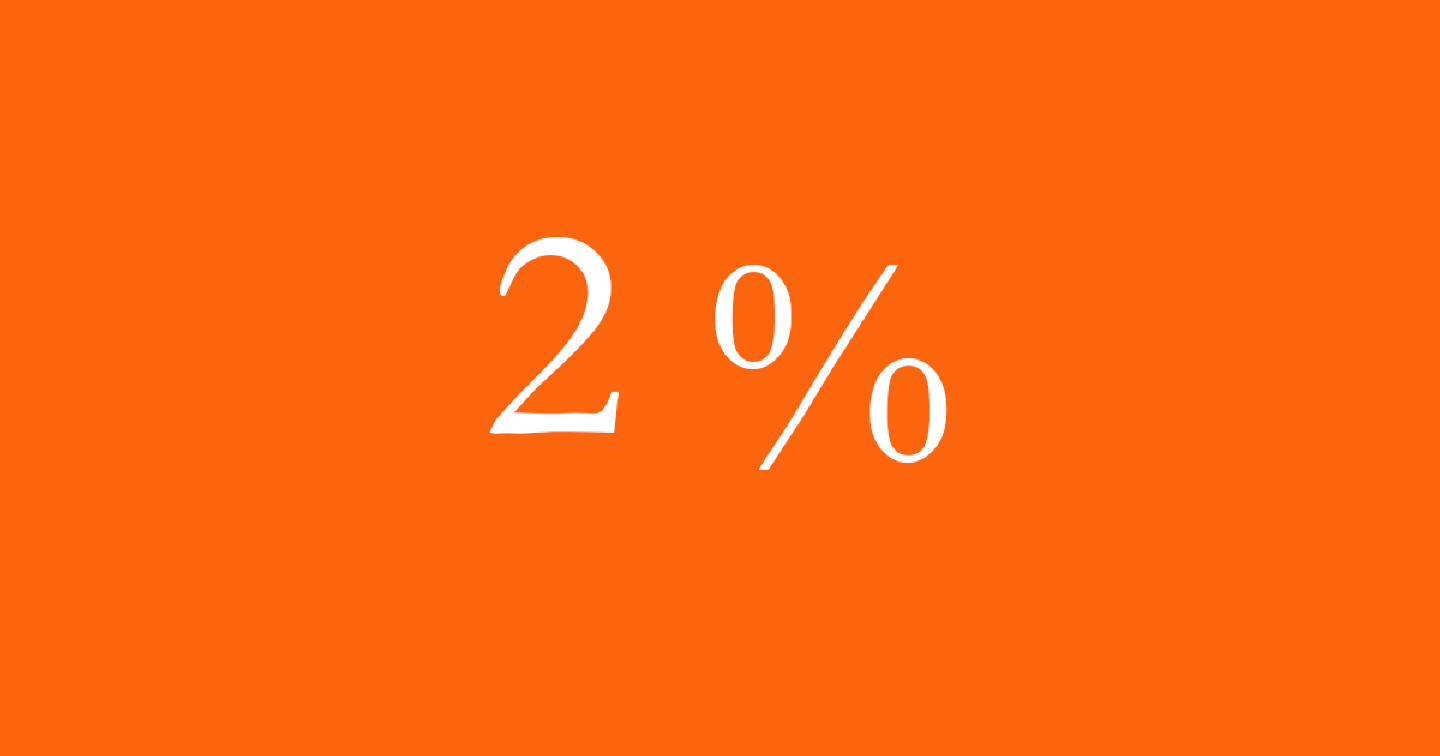1993 - The Riksbank sets an inflation target

With a floating exchange rate, price stability became the overall target for monetary policy. The Riksbank specified the target at 2 per cent inflation with a tolerance band of +/- 1 percentage point.
With the introduction of the inflation target in 1993, the Riksbank was able to define what price stability should mean: an annual change of the consumer price index (CPI) of 2 per cent, +/- 1 percentage point. The figure of 2 per cent was chosen, among other reasons, because inflation had shifted down to 2 per cent, which was judged to be in line with price stability from a European perspective.
Aiming monetary policy at low inflation, or price stability, was not a new idea. It had already been discussed by the renowned Swedish economist Knut Wicksell in 1898, when he held a lecture on “Interest and Prices”. He proposed that monetary policy should be aimed at price stability.
Just over thirty years later, when Sweden was forced to leave the gold standard in September 1931, the Swedish Government and the Riksbank declared that the target for monetary policy should be “to use all the available instruments to maintain the Swedish krona’s domestic purchasing power”. With this step, the Riksbank became the first central bank to openly make price stability the standard for monetary policy. However, this objective was lost during the price regulations of the Second World War. In the following decades, monetary policy largely became subordinate to fiscal policy.
The Riksbank’s assignment to maintain the value of money and the development towards a clear inflation target was confirmed by the new Sveriges Riksbank Act.
